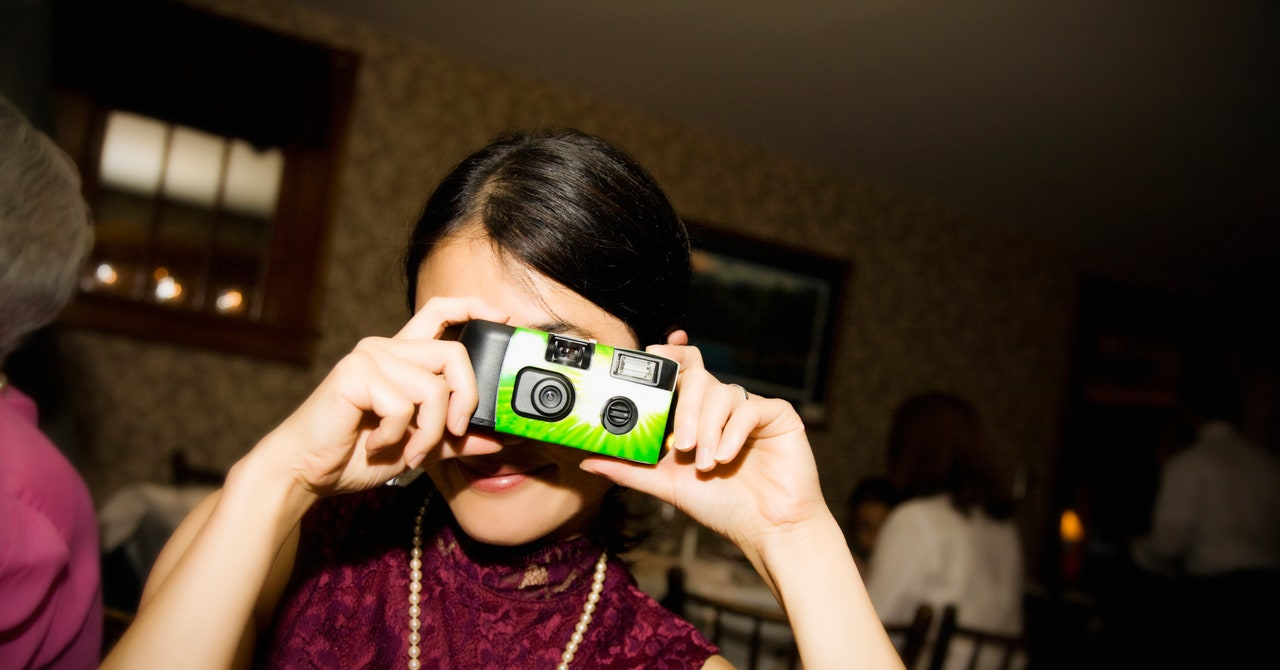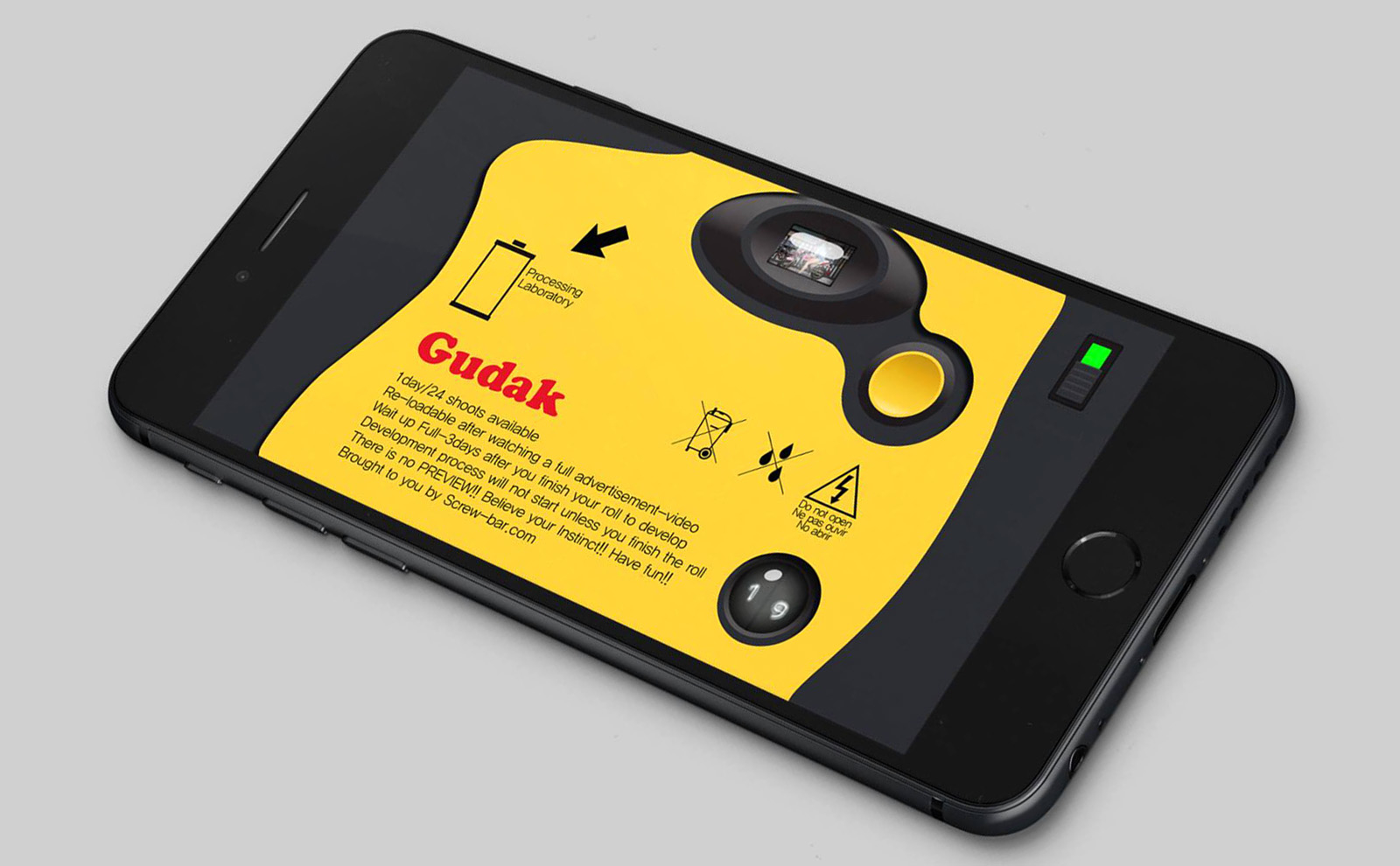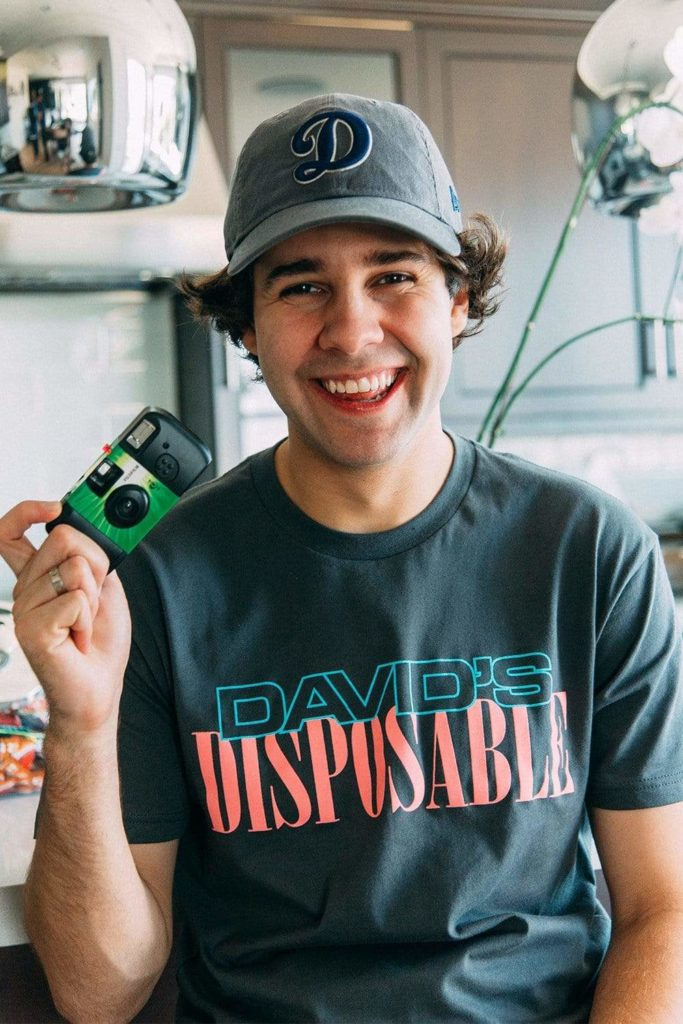In the era of high-definition smartphone cameras and sophisticated editing software, a nostalgic trend has emerged, bringing back the charm of disposable cameras through innovative apps. These applications emulate the experience of using a disposable camera, complete with limitations and delayed gratification, all within the convenience of a smartphone. Let’s delve into how these apps are reshaping modern photography by blending the past with the present.
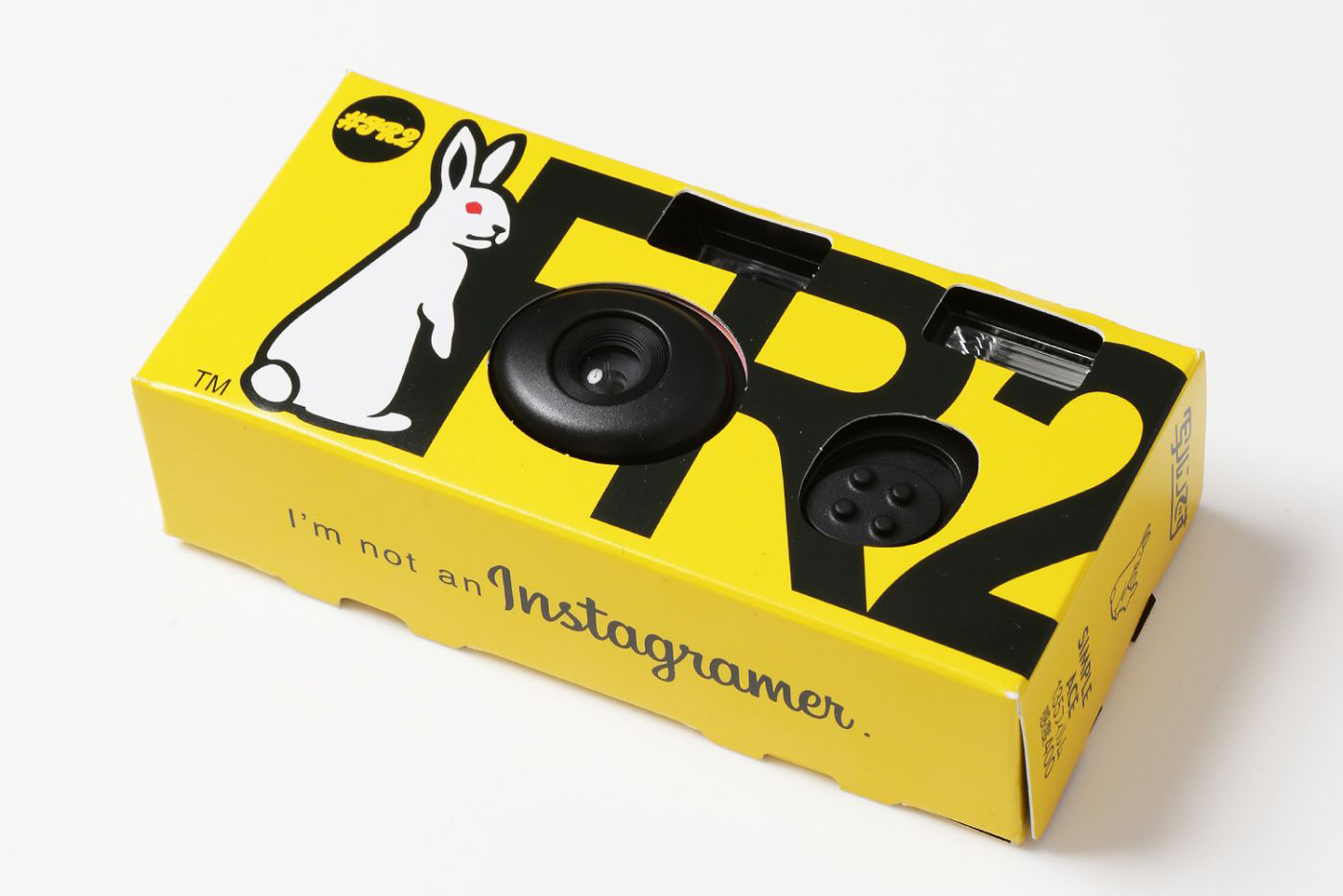
Emulating the Analog Experience
Capturing Authentic Moments
Disposable camera apps strip away the instant gratification of digital photography, encouraging users to focus on the moment rather than the immediate outcome. By disabling features like preview screens, filters, and instant sharing, these apps promote mindfulness and spontaneity, much like their tangible predecessors. Users take photos blindly, trusting their instincts and composition skills, which often leads to more authentic and candid captures.
Limitations as Creativity Boosters
The Power of Constraint
One of the defining characteristics of disposable camera apps is the deliberate imposition of limitations. Users are often confined to a set number of shots, mimicking the finite exposures of a physical disposable camera. Fixed focus, lack of advanced settings, and the inability to review photos immediately push users out of their comfort zones. These constraints ignite creativity, forcing photographers to think more critically about composition, lighting, and the essence of the moment they wish to capture.
Rediscovering the Joy of Anticipation
Delayed Gratification Reimagined
A key aspect of the disposable camera experience is the wait to see the developed photos. Apps replicate this anticipation by imposing a processing period before users can view their pictures. This delay fosters excitement and curiosity, heightening the emotional connection to the captured memories. It also promotes a healthier relationship with social media, as users are encouraged to appreciate the photos for personal satisfaction first, rather than seeking instant validation through likes and shares.
Nostalgia Meets Technology
Blending Old and New
Disposable camera apps ingeniously marry the nostalgia of analog photography with the conveniences of digital technology. While they mimic the limitations and aesthetics of traditional disposables, they also offer modern perks. High-resolution images, easy sharing options once the processing period is over, and even simulated film grain effects enhance the overall experience. Users can enjoy the best of both worlds: the romanticism of film photography without the hassle and cost of actual film development.
Community Building and Sharing
Many disposable camera apps feature built-in communities where users can share their processed photos. These platforms not only provide a space for artistic expression but also facilitate connections among users who appreciate the unique aesthetic and philosophy behind disposable camera photography. The shared experience of waiting and the surprise element when revealing images create a sense of camaraderie, reminiscent of the days when friends would gather to view printed photographs together.
Innovative Features and Customizations
Going Beyond the Basics
While staying true to the essence of disposable cameras, some apps introduce innovative features to keep the experience fresh and engaging. For example, users might be able to choose from various virtual “films” with distinct color profiles, mimicking classic film stocks. Others allow for collaborative albums where friends can contribute to a shared roll of “film,” virtually recreating the fun of passing around a single disposable camera during events. Customizable frames, date stamps, and light leak effects further personalize the experience.
Environmental Impact and Sustainability
A disposable camera app is a digital alternative to traditional single-use, disposable film cameras. By its nature, such an app promotes environmental sustainability by eliminating the need for physical materials associated with traditional disposable cameras. Here’s how it contributes positively to environmental impact and sustainability:
Reduces Waste
Traditional disposable cameras involve plastic bodies, film, chemical processing, and packaging, all of which contribute to landfill waste and pollution. An app-based version eliminates these physical components, reducing waste production significantly.
Saves Resources
The manufacturing process of disposable cameras requires raw materials like plastic and chemicals. By going digital, the app avoids the extraction and processing of these resources, conserving natural resources and energy.
Energy Efficiency
While using a smartphone or device to take photos does consume electricity, it’s typically more energy-efficient over time compared to the entire lifecycle of a disposable camera, including production, transportation, and disposal.
Encourages Digital Sharing
Instead of printing photos, users can share images digitally, further reducing paper and ink consumption. This not only saves trees but also reduces the carbon footprint associated with printing and distributing physical photographs.
Updatable and Future-Proof
Unlike physical products, apps can be updated to become even more sustainable over time. Updates might include optimizing energy usage, integrating with eco-friendly cloud storage solutions, or adding features that educate users about sustainable practices.
Promotes Reuse of Devices
Using a smartphone or tablet that already exists for multiple purposes, including photography, extends the useful life of the device, which is a core principle of sustainability.
Raises Awareness
The existence and promotion of a disposable camera app can raise awareness among users about the environmental impact of their choices, potentially encouraging more sustainable behaviors in other areas of their lives.
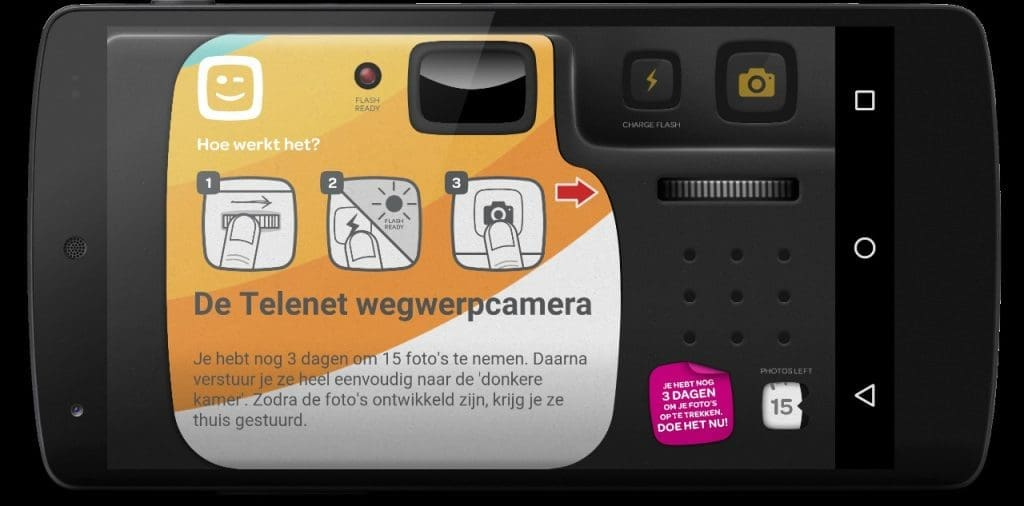
However, it’s important to consider the broader environmental implications of increased smartphone usage, such as the energy required to manufacture and power these devices, as well as proper disposal and recycling at the end of their lifecycle. To fully embrace sustainability, users should aim to use their devices for as long as possible, recycle or donate old devices, and choose energy-efficient options when upgrading. Developers can also play a role by designing apps that are energy-efficient and by promoting responsible digital habits.
Conclusion: Capturing Moments, Cultivating Mindfulness
Disposable camera apps have carved out a niche in the digital landscape by offering a refreshing counterpoint to the instant gratification culture. By combining the nostalgia of analog photography with the advantages of digital technology, they encourage users to slow down, be present, and truly engage with their surroundings. The creative constraints, anticipation, and sense of community fostered by these apps make them more than mere tools for taking pictures; they are gateways to a more mindful and emotionally resonant approach to capturing life’s fleeting moments. In an age where photography can feel overly polished and curated, disposable camera apps remind us of the joy found in the unpredictable and the beauty in simplicity.
